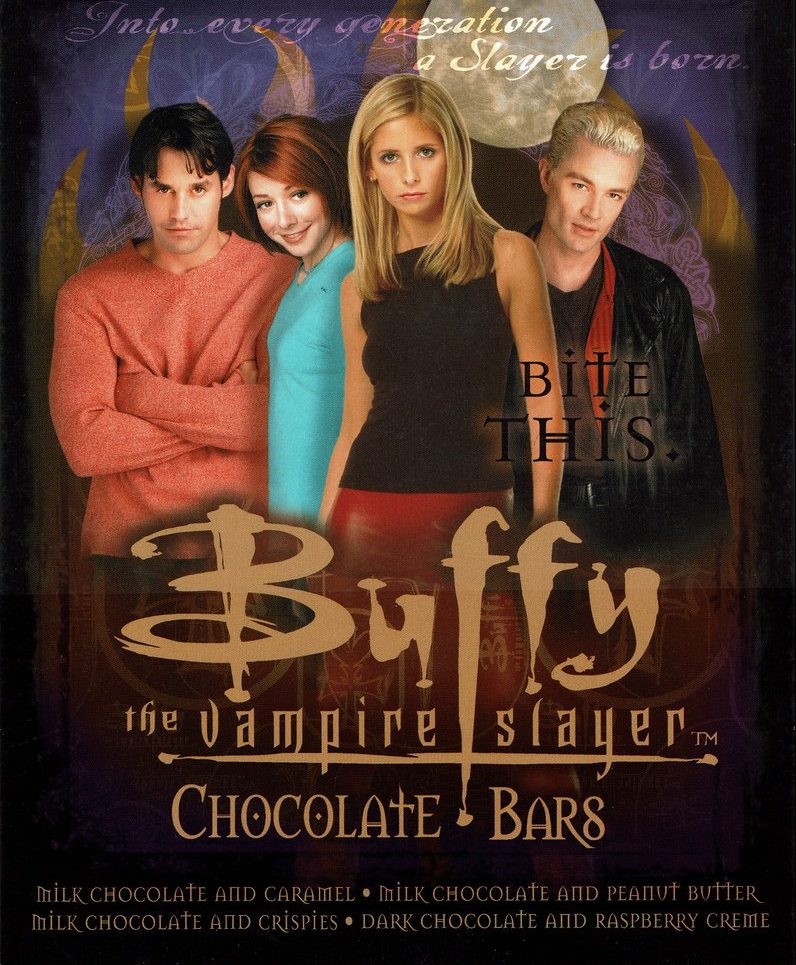The World is a scary place: the allegorical horror of Buffy the Vampire Slayer
If we are to understand anything about the horror genre, it’s that its priorities lie, more often than not, in wanting to scare the audience. Understandably so, the genre has developed around its defining feature and has attempted to maximise its selling potential in this regard, but it’s hard not to feel like something has been lost in the process.
When Mary Shelley wrote Frankenstein in 1818, she didn’t rely upon pure shock value but instead clearly intended to elicit a response from readers regarding the fading line between Man and God. This was when horror still served a higher purpose.
If anything from the last thirty years can be said to be, it’s the series Buffy the Vampire Slayer that has managed to most closely follow in this tradition. Remarkably, this teen drama from 1997 is perhaps most effective in its use of the trappings of the horror genre simply because it manages to say something in turn. Rather than provide more mindless schlock, Buffy always managed to relate to and explore the teen experience since it stuck to what was, at its core, a very simple premise: an exploration of the horrors of growing up.
Adult life is presented to the teenage audience… as something that can be overcome
‘Graduation Day’
At the closing point of Buffy’s third (and best) season, the ‘scoobies’ , that is the core cast of characters (Buffy, Xander, Willow, Giles, alongside Angel, Cordelia, Oz, and Wesley), rally the high school into facing off against a horde of vampires led by the town mayor (in the form of a poorly-rendered CGI serpent), which results in them blowing up the school.
I mention all this because it has a two-fold significance: it both makes explicit the conflict between youth and the adult world (as represented by Vampires and Demons), but it also acts to signal a definitive transition into adulthood. Though in some respects these two aspects contradict, it is the inevitable progression toward adult life, despite its many horrors, that situates these characters in the very real experience of teenage life. Externalised through vampires and demons, adult life is presented to the teenage audience not only as the threat it poses to youth but also as something that can be overcome. The episode may not be scary per se, not even remotely so, but it still relies upon the mythology and traditions of horror for its message to be conveyed.
‘Hush’
In a more symbolic manner, the threat of adulthood, or more specifically adult authority is once again manifested in one of the more horror-orientated episodes of the show: season four, episode 10, ‘Hush’.
‘The Gentlemen’ still managed to push the boat out in terms of what the show could accomplish
Collectively remembered as ‘the silent episode’ for its near 25-minute stretch without dialogue, ‘Hush’ revolves around a group of sinister monsters in Victorian attire known as ‘The Gentlemen’ who come to the fictional town of Sunnydale to steal everyone’s voices in order to harvest seven human hearts. Remarkably, this is actually only one of several disturbing plotlines the series covered.
Even so, the appearance of ‘The Gentlemen’ still managed to push the boat out in terms of what the show could accomplish with its horror elements; their sinister fairytale background, coupled with the episode’s more surrealist and fantastical tone, serves to not only differentiate but to convey a sense of the uncanny that elicits an immediate aversion from the audience.
However, in this case, the appearance and mythos that surround ‘The Gentlemen’ is not the scariest aspect on display. The act of being silenced, not being heard or understood, reflects the complexities, hardships, and anxieties of teenage life, and is mirrored in the established conflict at the start of the episode: Buffy and her love interest, Riley, are unable to express themselves to each other because of the secrets they possess. Through the external threat of ‘The Gentlemen’, which evokes comparison to corporate control, Government conspiracy, and general untrustworthy authority figures (akin to the Mayor), creator Joss Whedon conveys the isolating and overwhelming nature of real life and the power structures that exist within it to the teenage audience.
It is evident that Buffy’s strengths lay in its teen drama aspects
The final act of Buffy’s cathartic scream in turn demonstrates a rebellious expression of one’s own voice against the powers against her, yet the episode’s end is considerably anti-climactic: though Buffy has made her voice heard, she and Riley must now face up to the secrets they have kept from each other. As a result, the episode ends with a comedown that reflects the mundanity and the struggles of real life whilst maintaining the series’ core message.
Growing up
In both ‘Graduation Day’ and ‘Hush’, it is evident that Buffy’s strengths lie in its teen drama aspects, whilst horror elements could take more of a backseat – though that’s not to reduce the centrality of horror to the show. In the more metaphorical use of not only horror, but folklore, science fiction, and fantasy, the show, unlike its peers, did not have to sacrifice scares for character development, or vice versa.
Ergo, Buffy the Vampire Slayer remains not only the more relatable for its ability to externalise very real-world issues that teenagers face, but the more rewatchable too, providing the audience with characters they can care about and, more importantly, keep coming back to.

Comments